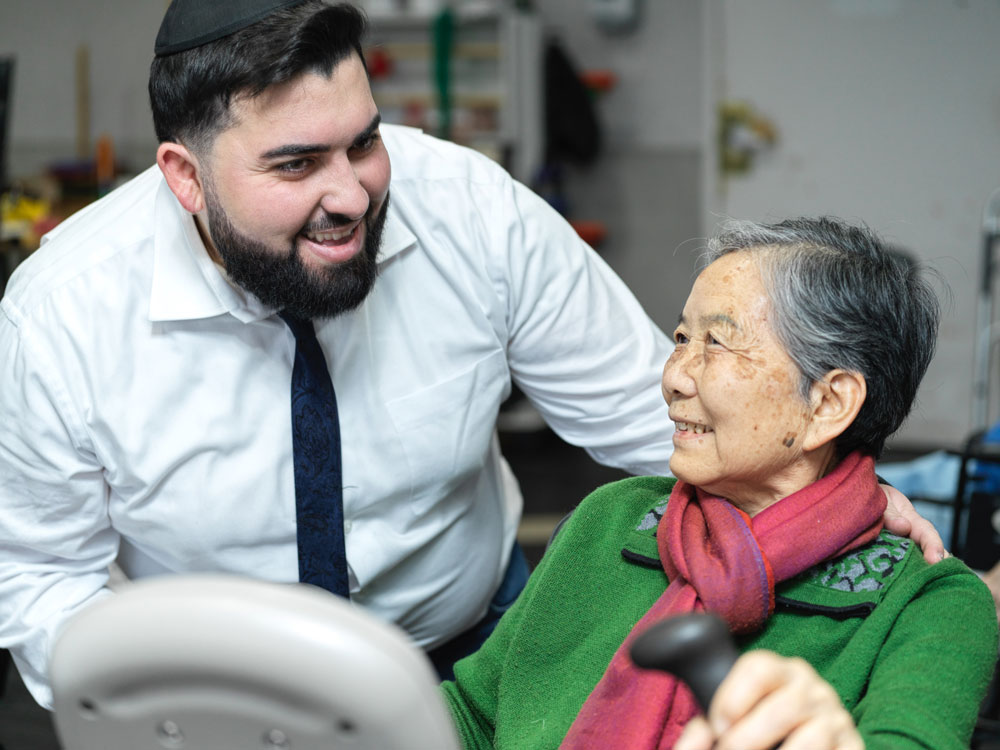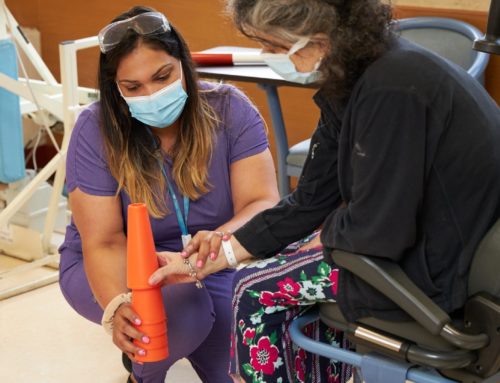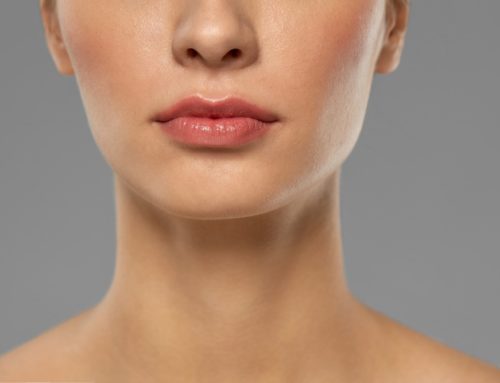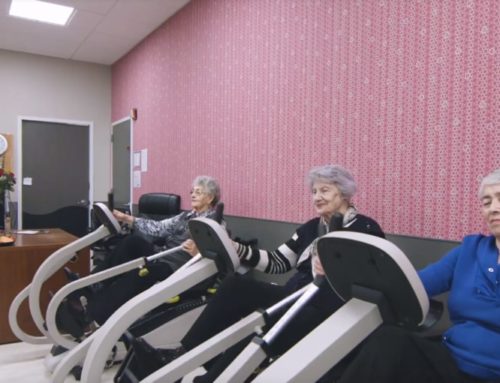Inner Ear Balance Problems – Causes and Treatment
The ear is more complex than most people realize. It consists of a complicated system of bone, cartilage, and fluid-filled semicircular canals. That fluid moves as you do, sending signals to the brain to maintain your balance. Disrupting those signals results in inner ear balance problems, including symptoms like dizziness, disorientation, falling, or nausea.
Depending on the cause of the inner ear issue, there could be treatments available. At Fairview Rehab and Nursing Home in Queens NY, we offer physical therapy, including vestibular physical therapy, which is often the result of inner ear issues. This therapy focuses on problems associated with vestibular disorders. We have inpatient and outpatient physical therapy options available to meet the needs of all individuals. Let’s take a closer look at the causes and treatments of inner ear issues.

Causes Of Inner Ear Balance Problems
Balance issues are often the result of inner ear disturbances, brain signal disruptions, blood flow issues, or systemic disorders. A few common balance disorders are often the cause of such issues.
One such condition is Benign Paroxysmal Positional Vertigo, which occurs when tiny crystals break loose in the inner ear. These crystals collect in other areas, moving as your head moves, sending incorrect signals to the brain. The symptoms of BPPV include dizziness and vertigo, both of which affect balance.
An inner ear infection called Labyrinthitis is the result of inflammation deep within the ear structure. As well as balance issues, this inner ear condition causes Tinnitus, hearing loss, and nausea. It is also hard to detect since there are no tests to diagnose this condition.
Vestibular neuritis is a vestibular nerve infection causing inflammation that alters your sense of balance. Symptoms can vary in severity and include unsteadiness, nausea, vision problems, vomiting, and concentration problems. These symptoms appear without warning and may subside gradually over several weeks. Other individuals never fully recover, suffering from chronic dizziness.
Meniere’s disease is a rare inner ear condition caused by a pressure increase in the Endolymphatic system. Symptoms include inner ear pressure, hearing loss, vertigo, Tinnitus, and vertigo.
Any abnormality in the vestibular system can also lead to inner ear balance problems. They usually result in a floating sensation or other false motion sensations, altering your balance and stability.
How to restore the balance in my inner ear and treatment for inner ear disorders
Restoring balance in the inner ear isn’t a straightforward task. The process of repairing the damage depends on the cause of the issue. In some cases, medication manages the symptoms until the inner ear balance problems improve.
In most cases, physical therapy can also benefit those with balance issues related to the inner ear. Of course, you need specialized rehab for this type of problem. Vestibular physical therapy is a unique form of rehabilitation designed to reduce issues caused by vestibular disorders.
Vestibular rehab targets symptoms related to balance problems of the inner ear. These include dizziness, vertigo, imbalance, falls, or vision issues. Therapy includes a variety of exercises tailored to match the condition and symptoms you’re experiencing.
Habituation exercises are designed to combat dizziness from position changes of the head. Gaze stabilization exercises improve the control of eye movement to combat vision problems. Balance training includes exercises designed to increase stability and steadiness to prevent falls. The exercises recommended will depend on the symptoms you’re experiencing.
This article contains informational and educational materials and does not replace health or medical advice. For questions or concerns regarding your medical condition or health objectives, speak to a qualified physician or healthcare provider.






Leave A Comment